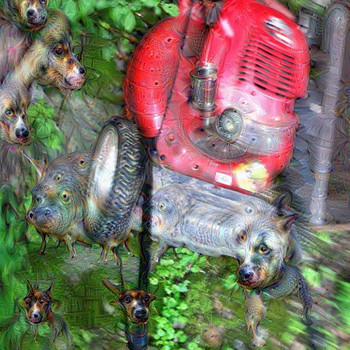Question #d0b4a
1 Answer
When we think of fluids and gasses we tend to describe them differently than when we talk about magnets, electrons, magnetic fields and electric fields. In fact the physical models of fluids don't include any description of these phenomena. Most gasses and liquids don't react much to electric or magnetic fields.
Nonetheless, the statement is true. Viscous forces in fluids are electromagnetic forces. Molecules in fluids interact with each other. They can't get too close or they repel. And when they get too far apart, they attract each other again. These interactions between individual molecules are electromagnetic. All chemical interactions between atoms are electromagnetic. The distribution of positive and negative charges around an atom changes how it is either attracted to or repelled from other atoms.
When the volume becomes large enough to think of a number of atoms as a fluid, you can start to observe the motion of lots of atoms as they stick to the surface of the container, as they slide past each other, and as they swirl into little eddy currents of structure at many size scales. Fundamentally, all of the forces involved when tiny atoms push each other around in volume of fluid are electromagnetic.

